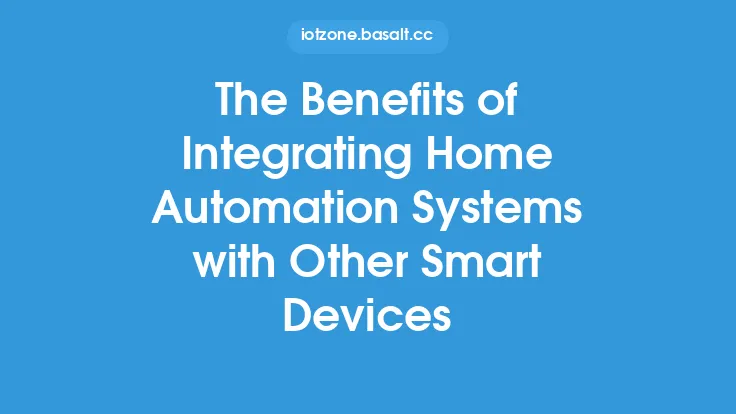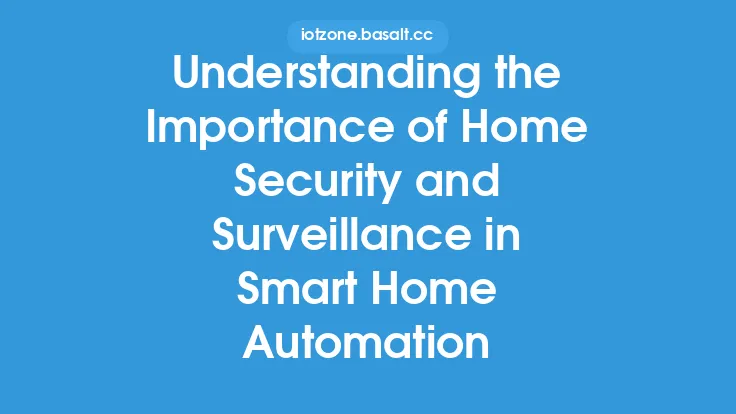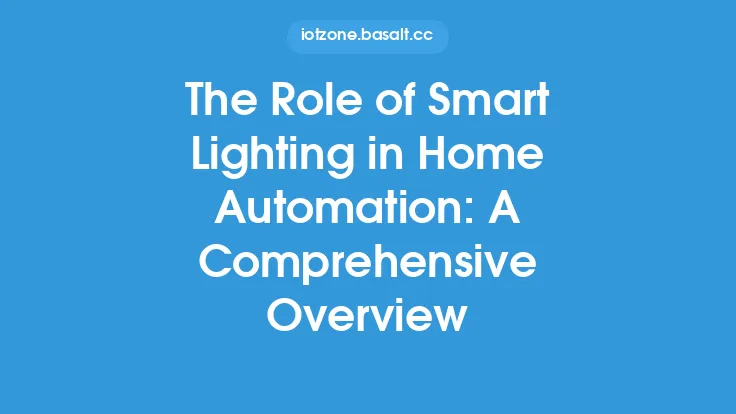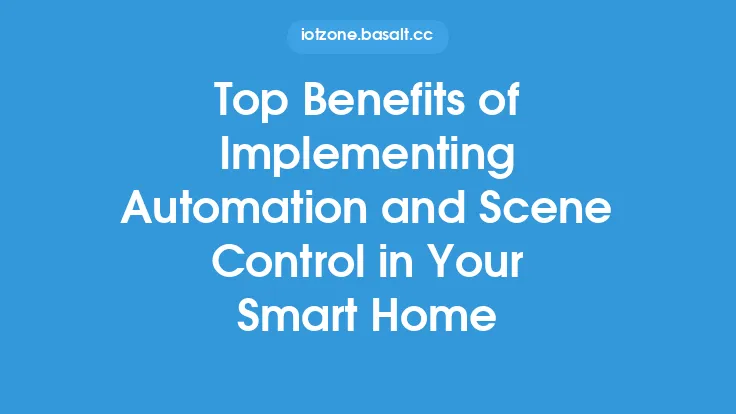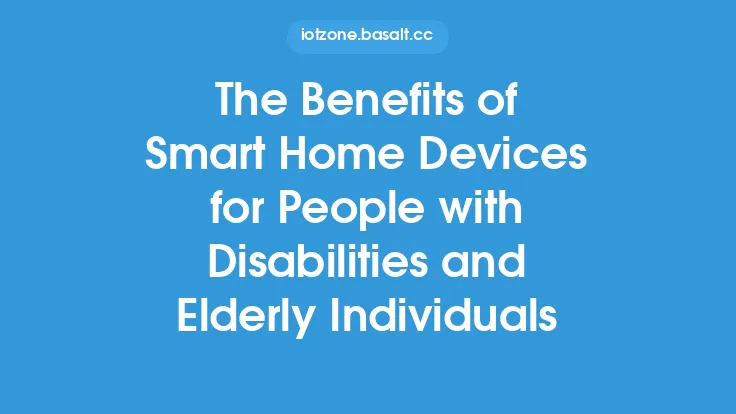Integrating home security with smart home automation has become a crucial aspect of modern home living. With the advancement of technology, homeowners can now enjoy a seamless and integrated experience that combines the benefits of security and convenience. By merging home security systems with smart home automation, individuals can create a robust and intelligent system that enhances their overall quality of life. In this article, we will delve into the benefits of integrating home security with smart home automation, exploring the technical aspects and evergreen information that make this integration a game-changer for homeowners.
Introduction to Smart Home Automation and Home Security
Smart home automation refers to the use of technology to control and monitor various aspects of a home, including lighting, temperature, entertainment, and security. Home security, on the other hand, encompasses the measures taken to protect a home and its occupants from potential threats, such as intruders, fires, and other hazards. When integrated, these two systems can provide a comprehensive and interconnected network that enhances the safety, convenience, and energy efficiency of a home.
Benefits of Integration
The integration of home security with smart home automation offers numerous benefits, including enhanced security, increased convenience, and improved energy efficiency. With an integrated system, homeowners can control and monitor their security cameras, door locks, and alarm systems remotely, using a single interface or app. This allows for real-time monitoring and instant alerts in case of any security breaches or potential threats. Additionally, smart home automation can learn a homeowner's habits and preferences, adjusting the security settings accordingly. For instance, the system can automatically arm the security system when the homeowner leaves the house or disarm it when they return.
Technical Aspects of Integration
The integration of home security with smart home automation involves the use of various technologies, including wireless communication protocols, such as Zigbee, Z-Wave, and Bluetooth. These protocols enable devices to communicate with each other, allowing for seamless control and monitoring. Additionally, many smart home automation systems use IP-based protocols, such as TCP/IP, to enable remote access and control. The use of cloud-based services also plays a crucial role in integration, allowing homeowners to access and control their systems from anywhere, using a smartphone or tablet.
Enhanced Security Features
The integration of home security with smart home automation provides enhanced security features, including advanced intrusion detection, video analytics, and biometric authentication. For instance, smart security cameras can detect motion and send alerts to the homeowner's smartphone or tablet, while video analytics can detect suspicious activity and alert the authorities. Biometric authentication, such as facial recognition or fingerprint scanning, can also be integrated with smart door locks, providing an additional layer of security and convenience.
Increased Convenience and Energy Efficiency
The integration of home security with smart home automation also provides increased convenience and energy efficiency. With an integrated system, homeowners can control their lighting, temperature, and entertainment systems, in addition to their security systems, using a single interface or app. This can lead to significant energy savings, as the system can automatically adjust the lighting and temperature settings based on the homeowner's schedule and preferences. Additionally, smart home automation can integrate with other devices, such as thermostats and appliances, to provide a comprehensive and interconnected network.
Real-World Applications and Examples
The integration of home security with smart home automation has numerous real-world applications and examples. For instance, a homeowner can use their smartphone to arm their security system, lock their doors, and adjust their lighting and temperature settings, all with a single tap. Additionally, smart home automation can integrate with popular voice assistants, such as Amazon Alexa or Google Assistant, allowing homeowners to control their systems using voice commands. Many companies, such as ADT, Vivint, and Nest, offer integrated home security and smart home automation systems, providing homeowners with a comprehensive and convenient solution.
Challenges and Limitations
While the integration of home security with smart home automation offers numerous benefits, there are also challenges and limitations to consider. One of the primary concerns is cybersecurity, as integrated systems can be vulnerable to hacking and other cyber threats. Additionally, the complexity of integrated systems can be overwhelming for some homeowners, requiring significant technical expertise to install and maintain. Furthermore, the cost of integrated systems can be prohibitively expensive, making them inaccessible to many homeowners.
Future Developments and Trends
The future of home security and smart home automation is exciting and rapidly evolving. With the advancement of technologies, such as artificial intelligence, machine learning, and the Internet of Things (IoT), we can expect to see even more innovative and integrated solutions. For instance, AI-powered security cameras can detect and respond to potential threats in real-time, while machine learning algorithms can analyze a homeowner's habits and preferences to provide personalized security settings. The IoT will also play a crucial role in the future of home security and smart home automation, enabling seamless communication and integration between devices.
Conclusion
In conclusion, the integration of home security with smart home automation offers numerous benefits, including enhanced security, increased convenience, and improved energy efficiency. While there are challenges and limitations to consider, the future of home security and smart home automation is exciting and rapidly evolving. As technology continues to advance, we can expect to see even more innovative and integrated solutions, providing homeowners with a comprehensive and convenient way to protect and control their homes. By understanding the technical aspects and evergreen information surrounding home security and smart home automation, homeowners can make informed decisions about their integrated systems, creating a safer, more convenient, and more energy-efficient living space.
